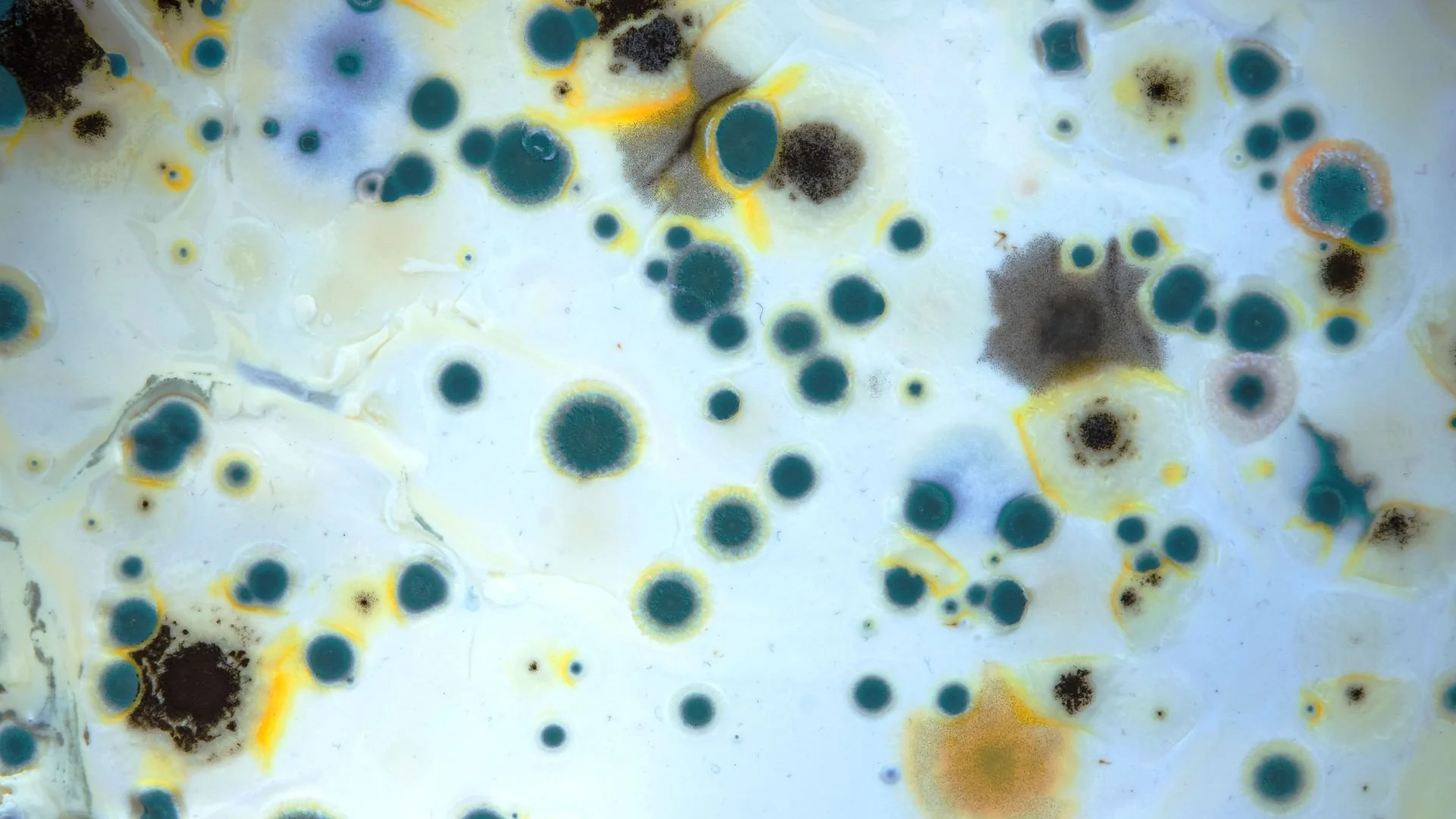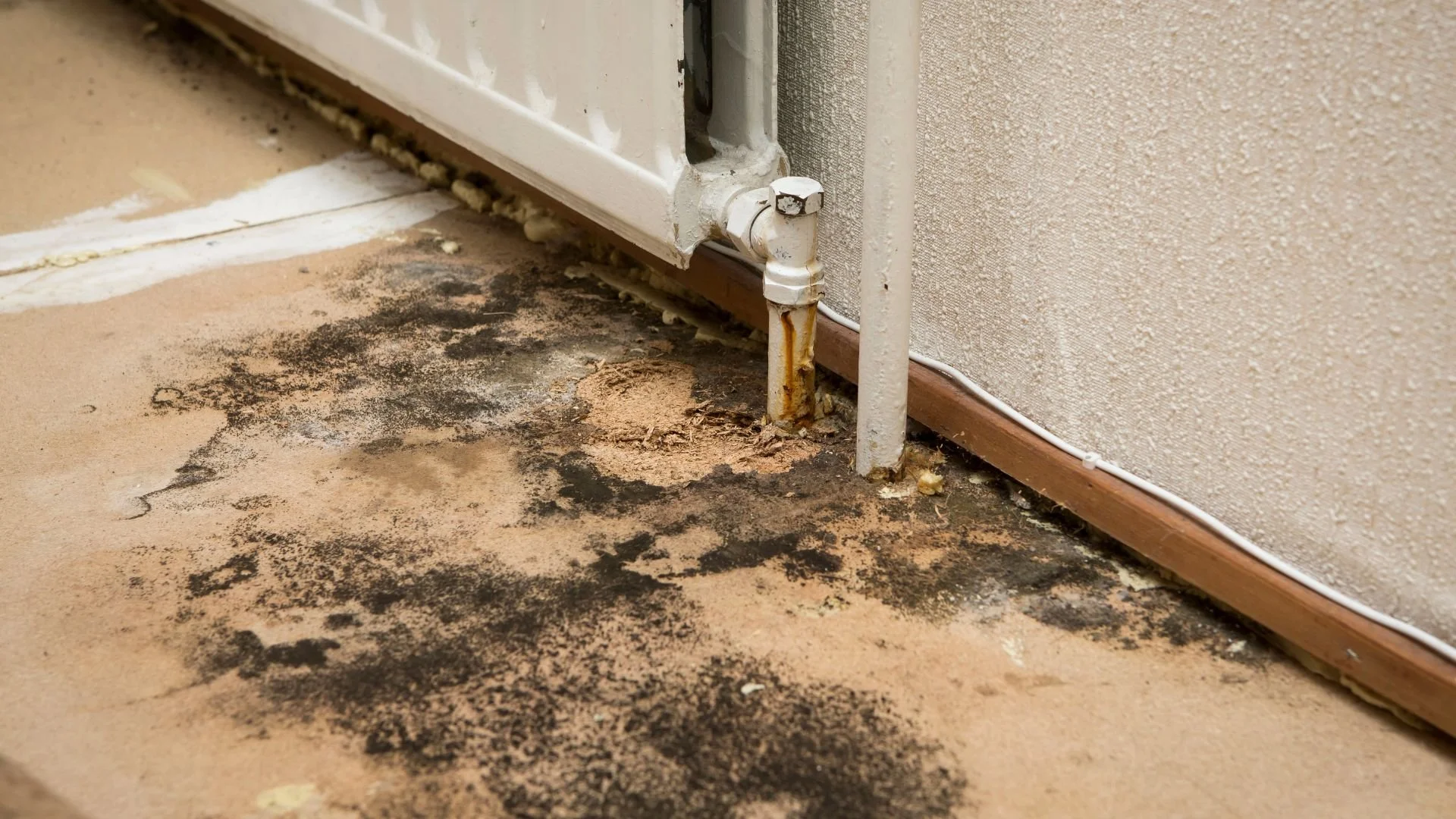Why should you test your home for Mycotoxin?
Understanding Mycotoxins
Indoor mycotoxins are hazardous compounds produced by specific mould and fungi that thrive in damp, poorly ventilated areas of homes. These microscopic toxins, which include those from mould species like Aspergillus, Penicillium, and Stachybotrys (black mould), pose significant health risks, including respiratory issues, allergic reactions, and long-term health complications. The presence of these moulds in the home environment is often due to water damage, high humidity, or inadequate ventilation, creating ideal conditions for mould growth and mycotoxin production.
Mycotoxins can contaminate the air, surfaces, and even food, making them challenging to avoid once mould establishes itself indoors. These toxins are not only harmful through inhalation but can also cause health issues upon contact or ingestion. Given the serious health implications, it is crucial to address mould problems promptly and take preventive measures to maintain a healthy indoor environment.
Health Risks Associated with Mycotoxins
Mycotoxins can have a wide range of adverse health effects, including:
Respiratory Problems: Exposure to mycotoxins can lead to respiratory issues such as asthma, bronchitis, and other lung diseases.
Allergic Reactions: Mycotoxins can cause skin rashes, headaches, eye irritation, and other allergic symptoms.
Neurological Effects: Chronic exposure can result in significant brain effects, including neurologic and neuropsychiatric symptoms.
Carcinogenic Risks: Some mycotoxins are known to be carcinogenic, increasing the risk of cancer.
For more detailed information on the nature and effects of mycotoxins, you can refer to the World Health Organization (WHO) Mycotoxins Fact Sheet.
Factors Influencing Mycotoxin Growth
Several factors contribute to the growth of mycotoxins in homes, including:
Temperature and Humidity: Mould thrives in warm, humid environments.
Surface Material: Mould prefers organic materials like wood, drywall, and carpet. Homes with cellulose, synthetic material, or gypsum walls have higher mould and mycotoxin levels than those with plaster or mineral wool.
Moisture Availability: Water damage from leaks, flooding, or condensation creates ideal conditions for mould growth.
Preventive Measures
To minimize the risk of mould and mycotoxin growth in your home, consider the following preventive measures:
Control Humidity: Maintain indoor humidity levels between 45-55% to reduce mould growth.
Regular Inspections: Periodically inspect your home for signs of water damage and mould growth, especially in high-humidity areas.
The Importance of Mycotoxin Testing Over Mould Testing
While home mould testing is essential, testing for mycotoxins is even more crucial and informative. Mycotoxins, which are much smaller than mould spores, can infiltrate areas of a building that spores cannot reach. This makes mycotoxin testing a critical component in assessing the true extent of contamination and ensuring effective remediation.
Test My Property Mycotoxin Testing and Mycotoxin Removal Services
Test My Property offers unique capabilities to address mycotoxin concerns through comprehensive testing and removal services. Here’s how we can help:
State-of-the-Art Equipment: TMP uses advanced equipment and methodologies to accurately identify and quantify mycotoxin levels in your property.
Thorough Inspections: Our certified professionals conduct detailed inspections, utilizing cutting-edge sampling techniques to detect mould and mycotoxins even in hard-to-reach areas.
Effective Remediation: TMP provides tailored solutions to eradicate mould and mycotoxin contamination. Our team is trained in the latest removal techniques, ensuring safe and thorough cleanup while preventing future growth.
Peace of Mind: By combining scientific precision with practical know-how, TMP offers homeowners peace of mind, safeguarding their health and property through expert mycotoxin testing and removal services.
Conclusion
Testing your home for mycotoxins is a crucial step in safeguarding your health and ensuring a safe living environment. By understanding the risks associated with mycotoxins and utilizing appropriate testing methods, you can address potential contamination effectively and prevent future issues.
For comprehensive mycotoxin testing and remediation services, contact Test My Property. We provide expert insights and solutions to protect your home and health from the dangers of mycotoxins.
For more information or to schedule a consultation, visit our website or contact our team at TMP today. Safeguard your home and health with expert mycotoxin testing and removal services!
References:
https://testmyproperty.com.au/mycotoxin-testing
https://www.who.int/news-room/fact-sheets/detail/mycotoxins
Karvonen, A. M., Hyvarinen, A., Korppi, M., Haverinen-Shaughnessy, U., Renz, H., Pfefferle, P. I., . . . Pekkanen, J. (2015). Moisture damage and asthma: a birth cohort study. Pediatrics, 135(3), e598-606. doi:10.1542/peds.2014-1239
Kirjavainen, P. V., Taubel, M., Karvonen, A. M., Sulyok, M., Tiittanen, P., Krska, R., . . . Pekkanen, J. (2016). Microbial secondary metabolites in homes in association with moisture damage and asthma. Indoor Air, 26(3), 448-456. doi:10.1111/ina.12213
Mustonen, K., Karvonen, A. M., Kirjavainen, P., Roponen, M., Schaub, B., Hyvarinen, A., . . . Pekkanen, J. (2016). Moisture damage in home associates with systemic inflammation in children. Indoor Air, 26(3), 439-447. doi:10.1111/ina.12216




